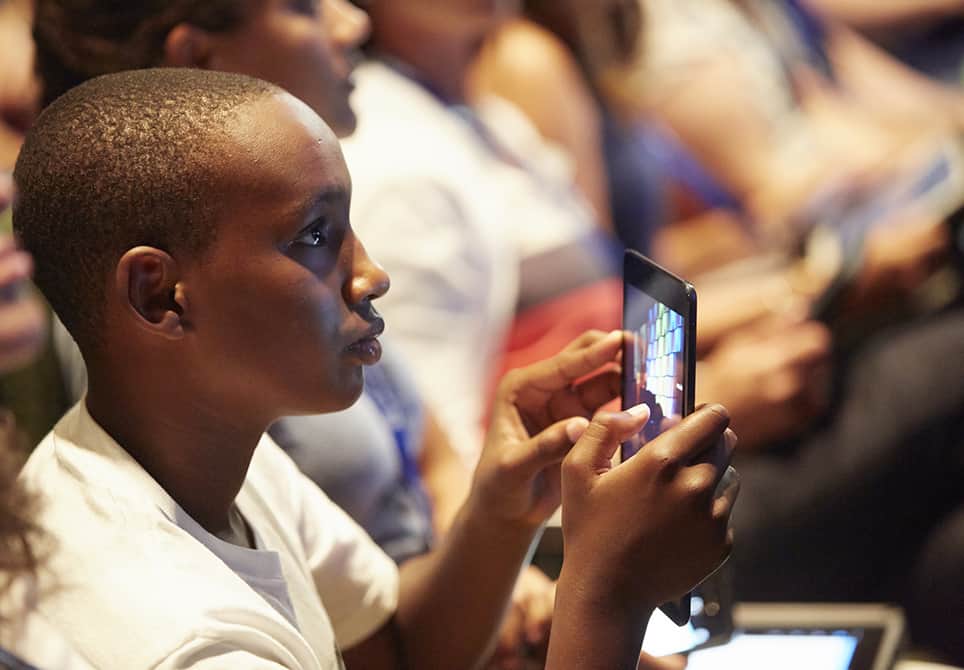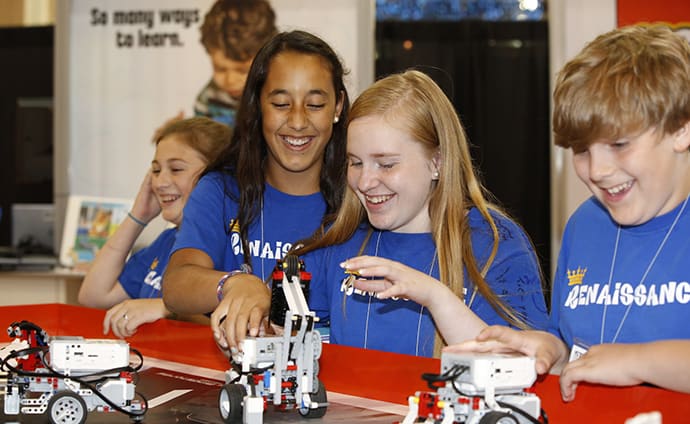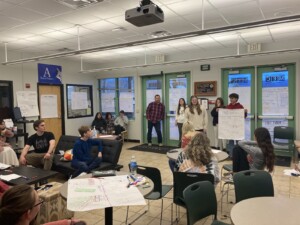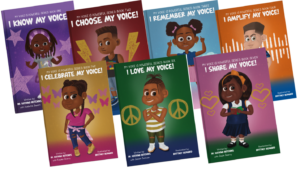5 Reasons Your Voice Matters in the ISTE Standards for Students Refresh

Carolyn Sykora
An increasing number of schools have the ingredients for digital learning: robust broadband, a strong policy foundation, growing ratio of devices in students’ hands, and increasing open access to applications for learning. This recipe, however, remains uninspired. A high percentage of teachers and students still use technology primarily for productivity – a student records a lecture; a teacher uses a tablet for drill and practice; and an expensive whiteboard replaces the chalkboard.
We’ve made changes but they’re not making a difference. How do we realize the promise technology holds for transforming learning? What is the missing ingredient? Education leaders must look beyond the cosmetic, quantifiable changes. The classroom might look different, but are different things happening there? A thorough rethinking and redesign of learning activities is what we need to make this difference.
But how do we help educators – both veterans and those new to teaching – change their mindsets about the possibilities for integrating technology into learning? Professional learning networks help educators collaborate to replicate successes and innovate changes and, yes, share and solve challenges. Professional learning at edcamps or action research allow them to practice what they’re learning, and tech coaches in schools provide job-embedded support, relevant modeling and feedback.
However, it is also crucial to have a framework – a set of learning goals – for this reimagined way of learning and teaching. For nearly 20 years, the International Society for Technology in Education (ISTE) Standards have provided the roadmap for making that transformation and defining what it means to learn, teach and lead with technology.

The ISTE Standards for Students, first published in 1998, refreshed in 2007, and currently under revision again, evolve as new learning environments, digital resources and devices have emerged. They guide educators’ work and we are reaching out to the entire education community – and beyond — to influence their direction as we update them. Here are 5 reasons you should share your voice in the refresh of the ISTE Standards:
Ignite the love of learning
We often read how we need to help students build 21st century skills to prepare them for their future. There is little disagreement about this. But how do we help students from the earliest ages build a love of learning that will serve them throughout their lifetimes? The ISTE Standards for Students are steeped in authentic, real-world learning that is relevant for students. Voice and choice motivate students to engage in and take responsibility for their learning. A skilled teacher who has redesigned learning activities that powerfully leverage technology can ignite that love of learning.
Content is king
Content is king but the marriage between content standards and ISTE Standards is powerful. A history or literature student can access original, primary documents and use a word cloud to analyze text help to support their thesis. Students in science can access real data about weather, find patterns in the data and create interactive graphs or charts to support predictions of what will happen in the future. Elementary students can be digital pen pals with peers around the world to learn about other countries and cultures. The ISTE Standards are designed to work in concert with content area standards to support learning and the development of the higher order thinking skills that develop critical and creative thinkers.
Cut through the noise and prioritize…learning goals
Educators are bombarded by all kinds of tech — new apps, tools, platforms and more. It can be a lot of noise. Because the ISTE Standards for Students focus on learning, they help classroom teachers and district leaders alike cut through the noise to evaluate, prioritize and select and use new technology resources to effectively help meet learning goals.
Innovation + Stability = A unique combination
The ISTE Standards for Students are not about new, shiny things. In fact, the shelf life for each revision of the standards has been nine years—in one of the fastest moving areas of education. How can that be? It’s because the standards focus on learning, not on the tools. The aspirational nature of the standards allow for ISTE to anticipate the impact tools will have on learning, establish the set of knowledge, skills and mindsets for students, and keep the standards in place to provide stability for schools, districts and states as they implement them. This unique combination of innovation and stability makes a strong framework to meet the needs of a school or teacher no matter where they fall along the readiness continuum.
Crowdsourced, research-backed, expert reviewed standards
Much of the controversy around the Common Core stemmed from its top-down approach. In principle, many practitioners think the standards are sound and they are doing their best to implement them. In contrast, the ISTE Standards for Students originated from the field in 1998 when they were first published. Today, as ISTE revises the standards for the second time, input from the field is key. We’ve received feedback not only practitioners, but school and district leaders, policy makers, industry, nonprofits, parents and for the first time, ISTE is seeking student input. ISTE also brings in technical expertise from a wide range of education domains with research informing the basis for the standards. Diverse and broad input builds buy-in to avoid the kind of backlash that the Common Core experienced. More importantly, more and varied voices ensure that the standards are relevant to the systems adopting them and the educators implementing them.
To have a voice in the development of the 2016 ISTE Standards for Students, visit: iste.org/standardsrefresh. Public comment is open until March 31. You can provide feedback via survey or lead a discussion with colleagues and students with an ISTE Standards Refresh DIY toolkit.
ISTE wants to hear from you. The power of technology to transform learning depends on it.
For more on ISTE, check out:
Carolyn Sykora is Senior Director of Standards at the International Society for Technology in Education (ISTE). Follow ISTE on Twitter, @isteconnects.
Photos courtesy of ISTE. All rights reserved.
Stay in-the-know with all things EdTech and innovations in learning by signing up to receive the weekly Smart Update.





jesselle torres
This is very interesting. We cannot control the grow and influence of technology to young generation, we have to embrace this changes and use it in a very interesting way.Learn, teach, and lead with technology.
Dr.V.RAGHU RAMAN
I understand the power of modetn technology trasformrd the students attitude towards learning. Let me vent my opinion how far the teachimg coiniy willing to change according to the needs of students development also any yard stick to measure that the students attained their Level because of using modern technology in teaching methods.
What is the students aptitude on conventional teaching vs modern method of teaching.let us talk the ground reality whether the current educationsl system improved because of latest technology in teaching methods or students started realising the pardigm shut in teaching methods
Discussing pl.